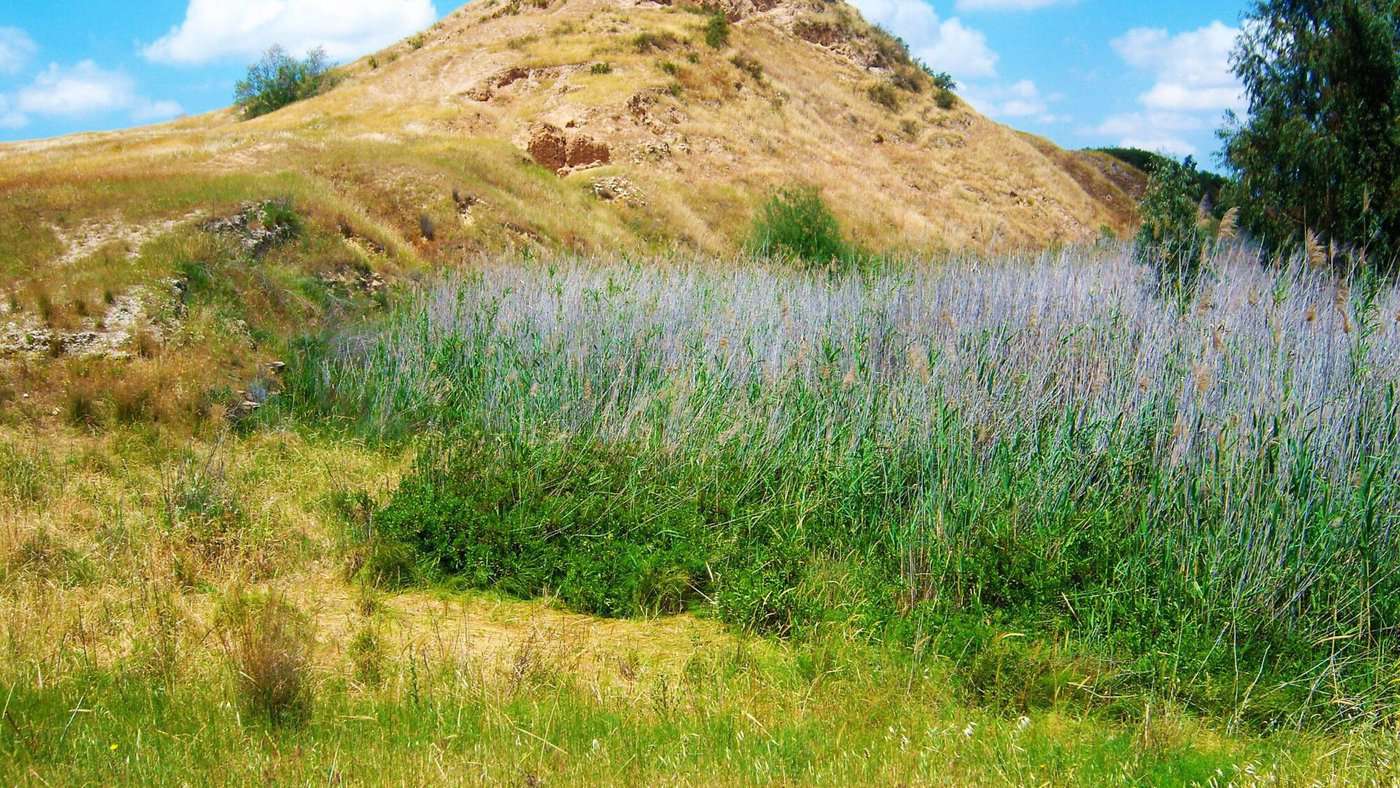Tel Lachish, often called Lachish, is an ancient tell (mound) located in the southern part of modern-day Israel. Its history spans thousands of years, from the Bronze Age to the Iron Age, making it one of the most important archaeological sites in the region.
Judean Hills Ultimate Guide

Archaeological Excavations
So, the history of Tel Lachish is brought to life through extensive excavations that have been conducted over the years. Archaeologists have unearthed many artifacts, inscriptions, and structures, providing valuable insights into the city’s past and the people who once inhabited it.
James Leslie Starkey

Tel Lachish – Biblical Significance
Lachish is mentioned in the Bible in contexts related to the conquest of the Promised Land by the Israelites and historical events involving King Hezekiah. The city’s prominence in biblical narratives adds more significance to its archaeological remains.
Highlights of Tel Lachish National Park
Visitors to the park can explore the well-preserved remains of the city, including its defensive walls, gates, and an impressive palace complex. The site’s layout and architectural features offer a glimpse into the urban planning and daily life of ancient Lachish.
Lachish Letters
One of the most famous discoveries at Tel Lachish is the Lachish Letters, a collection of 21 clay inscriptions written in ancient Hebrew script. These letters provide valuable historical information and offer a window into the city’s final days before its destruction.
Lachish Archaeological Tour
Panoramic Views
Aside from its archaeological treasures, Tel Lachish National Park offers panoramic views of the surrounding landscape, including southern Israel’s lush valleys and rolling hills. The scenic beauty of the region enhances the overall experience for visitors.
Lachish Reliefs
Preserving Heritage
The park’s importance goes beyond archaeology; it serves as a testament to the importance of preserving Israel’s historical and cultural heritage. Furthermore, it provides a space for education and reflection, allowing visitors to connect with the past and appreciate the significance of the region’s history.
In conclusion, Tel Lachish National Park stands as a living testament to Israel’s rich history and cultural heritage. Moreover, its archaeological treasures, biblical connections, and scenic beauty make it a must-visit destination for history enthusiasts and those eager to explore the past’s fascinating layers beneath its surface. Here is a link to the National Parks Authority Website for more info!







